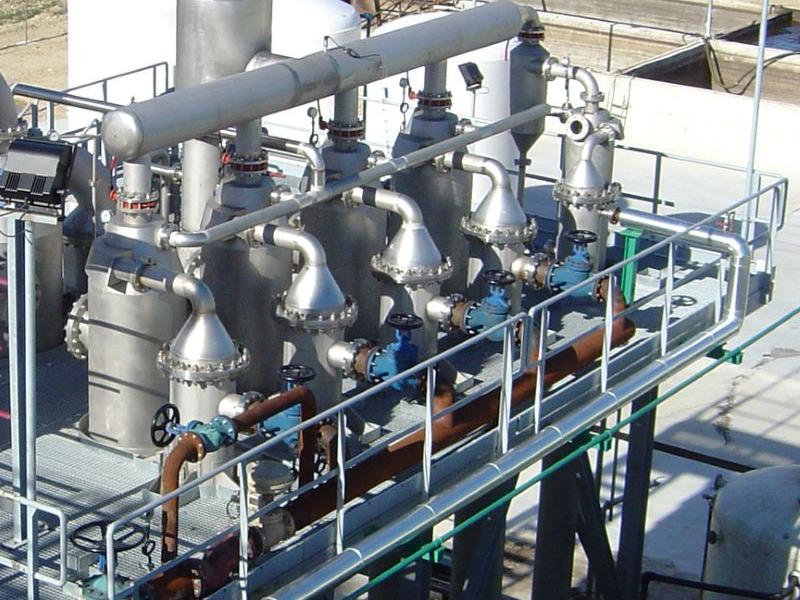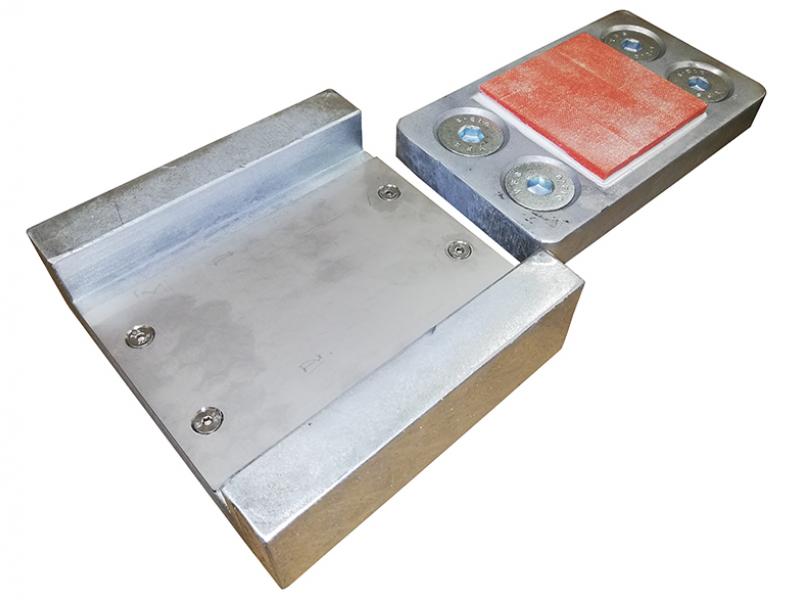The latest New Zealand Manufacturers and Exporters Association (NZMEA) Survey of Business Conditions completed during February 2015, shows total sales in January 2015 increased 10.29% (year on year export sales increased by 11.61% with domestic sales increasing 6.52%) on January 2014.
The NZMEA survey sample this month covered NZ$502m in annualised sales, with an export content of 75%.
Net confidence fell to 21, down from 38 in December.
The current performance index (a combination of profitability and cash flow) is at 100.3, down from 101.3 last month, the change index (capacity utilisation, staff levels, orders and inventories) was at 100, down from 103 in the last survey, and the forecast index (investment, sales, profitability and staff) is at 106.5, down on the last result of 108.33. Anything over 100 indicates expansion.
Constraints reported were 50% markets, 36% production capacity, and 14% skilled staff.
Net 7% of firms reported a modest rise in productivity for January. Staff numbers for January increased 0.62%.Tradespersons, supervisors, managers, and operators/labourers all reported a moderate shortage, while professional/scientists showed a minor shortage.
“Domestic sales continued their positive trend, bouncing back from falls in the middle of 2014. Year on year export sales turned positive this month, after their falling trend towards the end of 2014. The market constraint reduced, while the production capacity constraint increased,” said NZMEA Chief Executive John Walley.
“Confidence and all three index measures fell back this month, even though both export and domestic sales saw improvements. This is in contrast to recent months, where confidence and index measures have often been improving in the face of falling or flat sales.”
“For most exporters the rebound of the U.S. economy is providing a bright spot and growth opportunities; in contrast the recent rise of the NZD against the AUD has added pressure for those selling into the Australian market. Conditions in Europe remain mixed and quite uncertain.”
“The Reserve Bank of Australia held their policy rate after cutting earlier in the year, but signalled more cuts are likely in the coming months. This would add further upward pressure on the exchange rate – the Reserve Bank of New Zealand (RBNZ) could easily cut our OCR in response, due to low inflation, however more would need to be done to slow house price inflation – both through government response and macro-prudential policy by the RBNZ to control lending volumes and consequently financial stability risks."
"We support the RBNZ's move to consult on capital adequacy for property investors - this is a step in the right direction. The final solution could relate debt to the earning capacity of the asset, to retrain price bubbles, enhance financial stability and help the traded economy."





